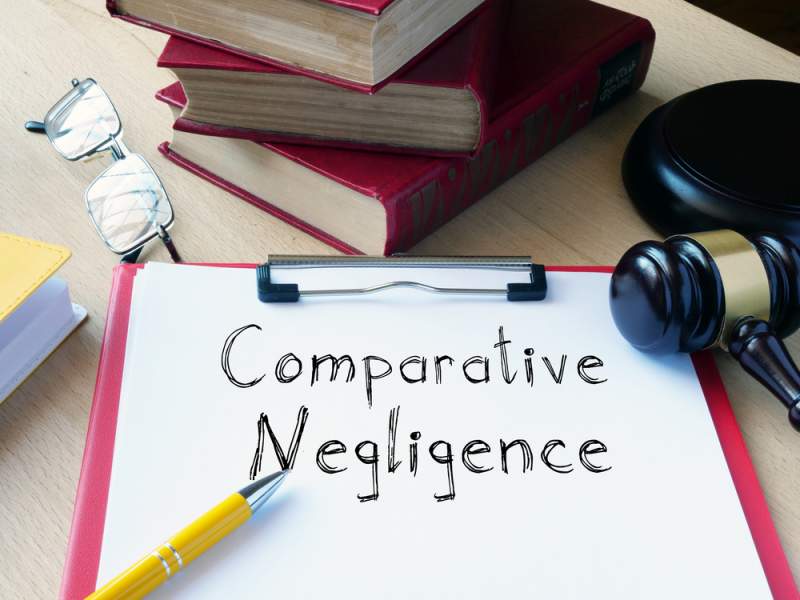Houston Car Accident Lawyers > Articles > Auto Accidents > Texas Comparative Negligence
Texas Comparative Negligence

Comparative Negligence Texas
Texas Contributory Negligence
Sometimes both people involved in an accident share a percentage of responsibility or shared fault for the accident. There are many situations like these where identifying an at-fault party is not so straightforward. This is what is the legal principle of comparative negligence.
Some scenarios that demonstrate this phenomenon include:
- A customer slipping on an unmarked hazard at a store because they were distracted by their phone or a book
- Driving too close to a car that ends up not signaling and crashing into it as a result
These situations are comparative liability situations because the parties involved may share liability for injuries.
How Fault Is Assigned In Comparative Negligence Cases
Is Texas A Comparative Negligence State
The “level” of fault that each party bears is often measured in percentages. So, if one party is found to be 60% responsible for an accident, the other one will automatically be 40% responsible. That means that the driver with 40% responsibility can sue the other party and get 50% of the full compensation amount they would have gotten had they not been partly responsible for the accident.
If another party was injured in the same accident, then that third party will get 60% of the full compensation from the first party and 40% of full compensation from the other at-fault party. So, if the full compensation is a specified amount the third party will receive 60 percent from the party that is 60% at fault and 40 percent from the party that was 40% at fault.
It is not always this simple to calculate the degree of fault each party bears.
Are You More At Fault?
TX Comparative Negligence Statute
 To determine who gets compensation and who doesn’t in a comparative negligence situation, the 51% rule is used. If it is a motor vehicle collision, the driver with less than 51% of responsibility is the one that can recover compensation. The one with 51% or more responsibility cannot recover any compensation.
To determine who gets compensation and who doesn’t in a comparative negligence situation, the 51% rule is used. If it is a motor vehicle collision, the driver with less than 51% of responsibility is the one that can recover compensation. The one with 51% or more responsibility cannot recover any compensation.
So, if you are found to have been 40% negligent in a car collision, you can get compensation but your damages will be reduced by 40%. That means that if you had a certain amount in damages and you are 40% at fault, you will only be able to obtain 40 percent of that amount. The other driver will not recover anything. A lawyer can give you all the exact amounts that can vary from state to state.
Comparative Negligence Cases Are Complex
Texas Negligence Laws
Comparative fault situations are often complex because many insurance companies will not want to pay you if you are 51% or more at fault for an accident. Even if your percentage of fault is lower than 51%, insurers will send their investigators and adjusters to find any details that they can use to pay you less than you deserve. That is why contacting an experienced lawyer before you talk to insurance companies is often the right thing to do.
Your lawyer can investigate your accident and talk to witnesses to gather enough evidence to build a strong case on your behalf. You need a lawyer that will review your case and give you an honest assessment of what your expectations should be and the challenges you may face in your case.
If you were injured in the accident or have additional questions you need an experienced lawyer that knows the way around Texas law.
